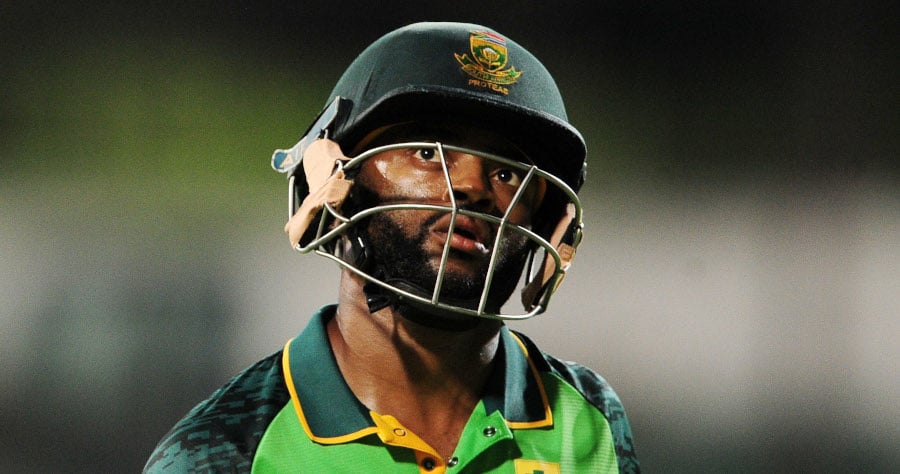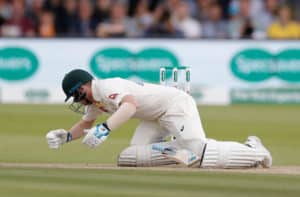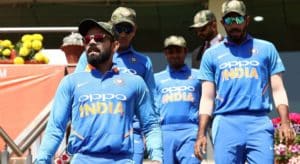A series defeat by England was expected, but the Proteas are far from piecing together their T20I World Cup puzzle, writes SA Cricket magazine editor RYAN VREDE.
Cricket realists would have told you that the likelihood of this Proteas team beating this England team was slim.
The Proteas are a team in transition, one struggling to answer a clutch of pressing questions ahead of the T20 World Cup in India next year.
England have just won their eighth T20I series on the bounce. They boast some of the world’s best players in the format, including the top-ranked batsman, Dawid Malan. Critically, they have a collective temperament to match their deep talent, as evidenced by them winning two close matches in the series.
There is a gulf in class between the sides. This England team is the product of years of rebuilding and refining. South Africa – who are at the early stages of such a process – lack in some fundamental areas that are essential to a world-class T20 unit. That process may extend beyond a World Cup that is a year away. Given the myriad issues facing the Proteas in T20 cricket, it is likely it will.
Notably, they don’t have a consistent partner for opener Quinton de Kock. Temba Bavuma is lacking in confidence, which is affecting him technically, and insomuch that he has no discernible gameplan. Bavuma averages 36 over the seven T20Is he has played. His career in this format is in its infancy, and the Proteas selectors are likely to persist with him, but he needs to find his groove soon.
Elsewhere, there is a glaring lack of X factor in their middle order. The trio of Rassie van der Dussen, Pite van Biljon and Heinrich Klaasen don’t possess the imposing presence England’s triumvirate of Ben Stokes, Jonny Bairstow and Eoin Morgan do. I don’t believe that time will expose them as equal to that trio, either.
David Miller – sidelined with Covid-19 – possesses a measure of X factor. He hasn’t consistently played to his potential, though. In 78 T20Is he has built an average touching 30. This is comparable to Morgan (30) and Glenn Maxwell (33). If, in the back stretch of his career (Miller is 31), he is able to touch the ceiling of his potential with great regularity, he will be a key player for the Proteas T20 unit.
It is almost certain that AB de Villiers will return to play in the T20 World Cup. This will transform the feel of the middle order, but it is a short-term solve.
De Kock confirmed another issue in his media conference on Monday. ‘It’s difficult because we don’t have all the options that we would like. It would be nice to have a little extra batsman as an all-rounder to give us more freedom,’ he said.
The unavailability of Dwaine Pretorius and Andile Phehlukwayo compounded their issues in this regard. The emergence of George Linde has been encouraging, though. He has batted and bowled with a degree of intelligence and composure that belies his international inexperience. If he continues on this growth curve, and Phehlukwayo is added to the mix, the Proteas will have the batting depth De Kock lamented as being absent at present.
These selection issues are made more complex by the fact that South Africa operates within the framework of transformation targets. They are required to field, on average over the course of a season, six players of colour of whom at least two must be black African. The recent retirement of Hashim Amla and JP Duminy has created a complex selection conundrum, especially since franchise cricket isn’t overflowing with black batsmen who are advancing their international T20 cause.
There is an opportunity to be on a plane to India in October next year for any black batters who perform consistently in franchise cricket, then take their international opportunities prior to the World Cup.
Yet, the depth and scope of the challenges facing the Proteas in T20 cricket make it improbable they’ll arrive at the World Cup as strong contenders. There is more hope than certainty that answers to these most important of questions will be found in the year leading up to the showpiece tournament.





